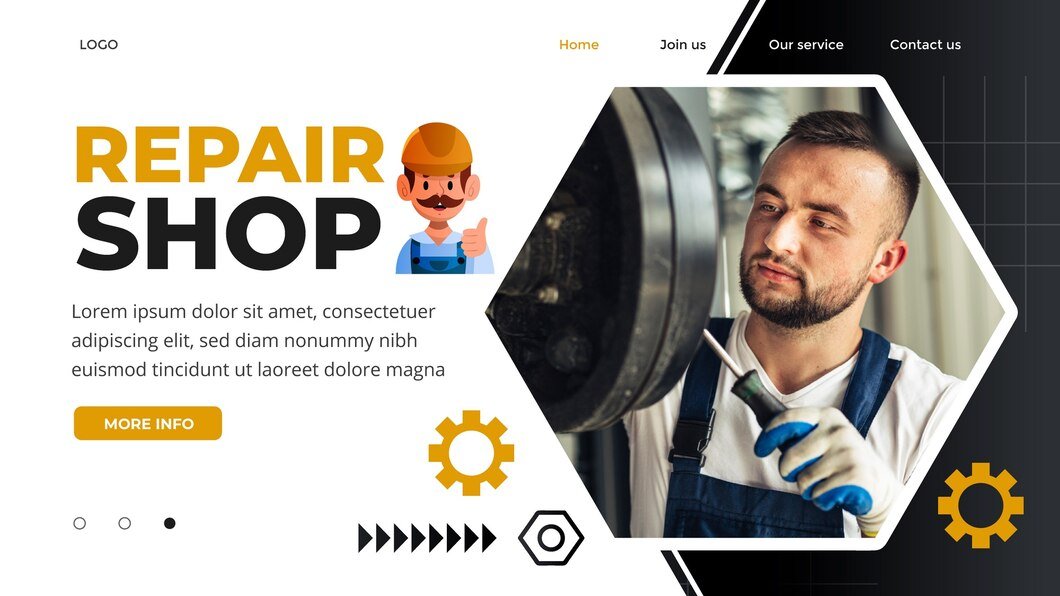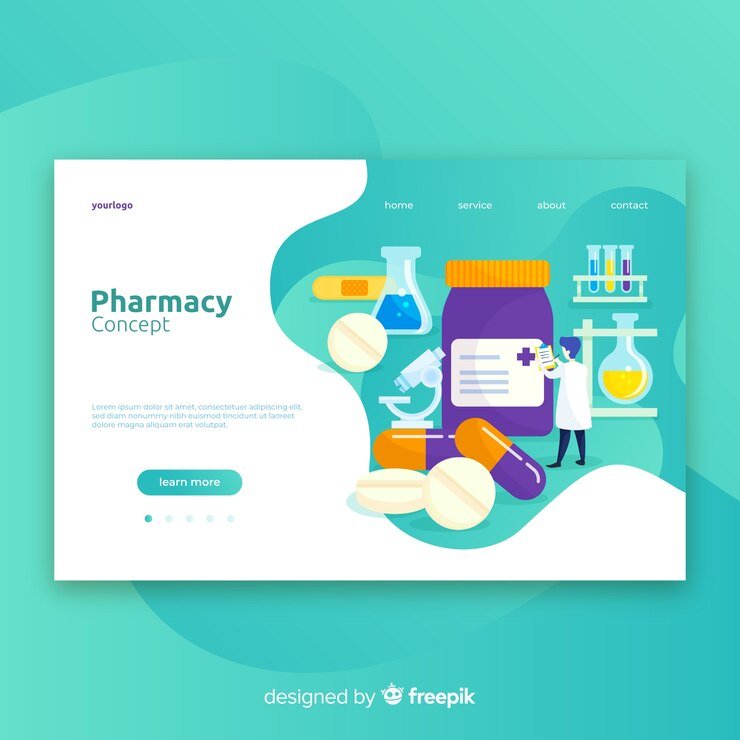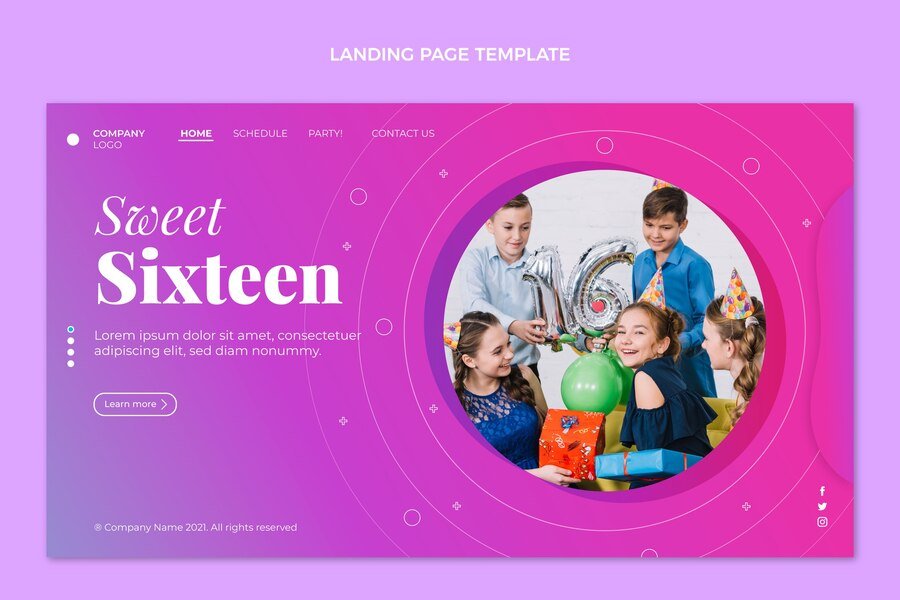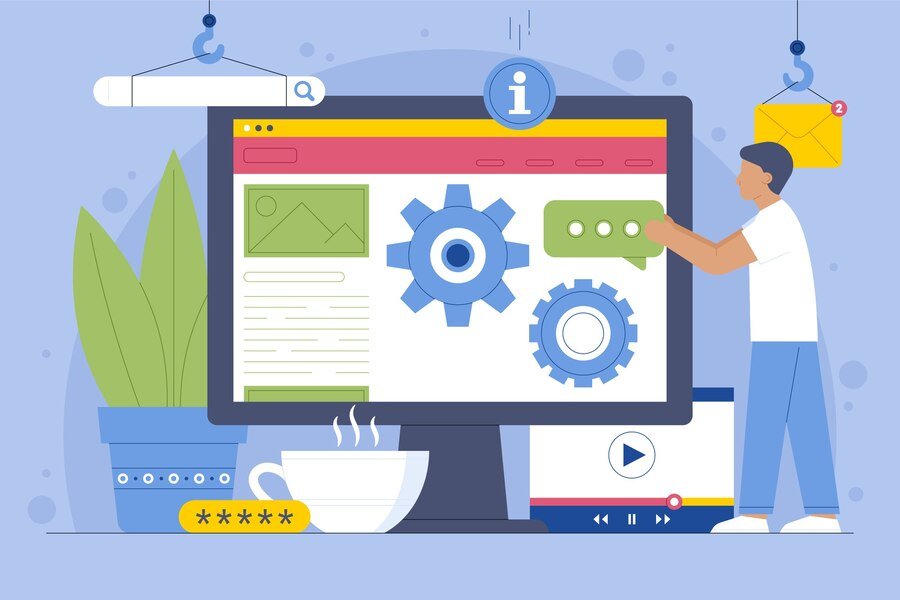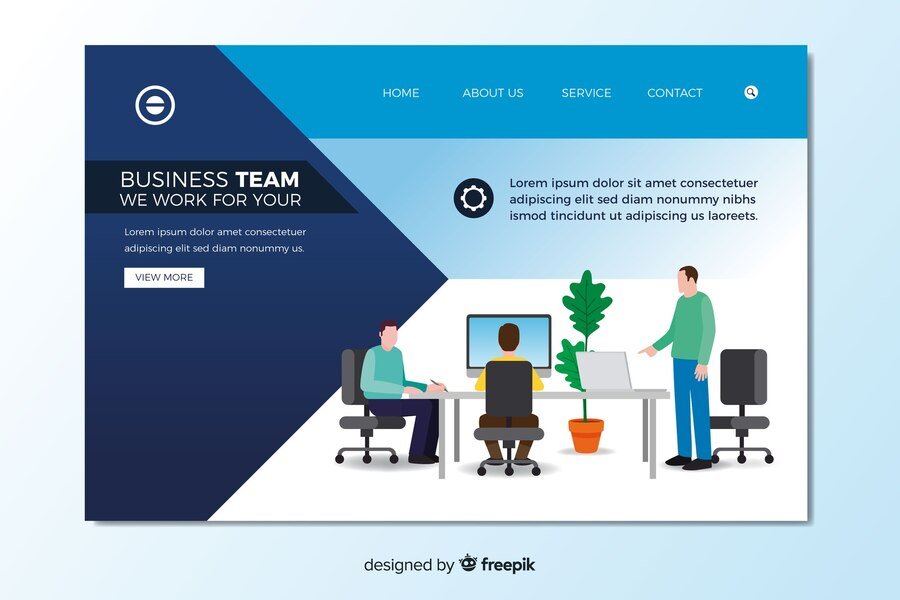Creating a successful e-commerce marketing plan is essential for driving traffic, increasing sales, and growing your online business. In today’s competitive landscape, effective marketing strategies tailored to your target audience can make a significant difference in achieving your business goals. This comprehensive guide outlines key steps and strategies to help you develop a successful e-commerce marketing plan.
1. Define Your Goals and Objectives
Begin by establishing clear, measurable goals for your e-commerce business. These goals should be specific, achievable, and aligned with your overall business objectives. Common e-commerce goals include increasing sales revenue, expanding market reach, improving customer retention, and launching new products or services.
2. Know Your Target Audience
Understanding your target audience is crucial for crafting personalized marketing messages and strategies. Conduct market research to identify your ideal customers’ demographics, preferences, behaviors, and pain points. Use data analytics and customer insights to create buyer personas that represent your typical customers.
3. Conduct a Competitor Analysis
Research and analyze your competitors to identify their strengths, weaknesses, and strategies. Understand how they position themselves in the market, their pricing strategies, product offerings, and marketing tactics. Use this information to differentiate your brand and identify opportunities for improvement.
4. Develop Your Unique Selling Proposition (USP)
Define what sets your e-commerce business apart from competitors. Your unique selling proposition (USP) should highlight the benefits of your products or services, such as quality, price, unique features, or exceptional customer service. Clearly communicate your USP across all marketing channels to attract and retain customers.
5. Choose Your Marketing Channels
Select the most effective marketing channels based on your target audience and business goals. Common e-commerce marketing channels include:
- Search Engine Optimization (SEO): Optimize your website and product pages for relevant keywords to improve organic search rankings and drive organic traffic.
- Pay-Per-Click Advertising (PPC): Run targeted ads on search engines (Google Ads) and social media platforms (Facebook Ads, Instagram Ads) to attract qualified leads and increase conversions.
- Content Marketing: Create valuable and engaging content such as blogs, articles, videos, and infographics to educate, inform, and attract your target audience.
- Email Marketing: Build and nurture relationships with customers through personalized email campaigns, including promotional offers, product updates, and newsletters.
- Social Media Marketing: Utilize social media platforms (Facebook, Instagram, Twitter, LinkedIn) to engage with your audience, share content, run ads, and drive traffic to your e-commerce store.
- Influencer Marketing: Collaborate with influencers and industry experts to promote your products or services to their followers and increase brand visibility.
6. Set Your Budget and Allocate Resources
Determine your marketing budget based on your goals, expected ROI, and the cost of acquiring customers. Allocate resources effectively across different marketing channels, ensuring a balanced approach that maximizes your reach and impact. Monitor your spending and adjust allocations based on performance and profitability.
7. Create a Content Calendar and Marketing Schedule
Develop a content calendar outlining your marketing activities, campaigns, and promotions throughout the year. Plan ahead for seasonal trends, holidays, and special events relevant to your target audience. Establish a consistent posting schedule for social media, email campaigns, blog posts, and other content to maintain engagement and visibility.
8. Implement Conversion Optimization Strategies
Focus on converting website visitors into paying customers by optimizing your e-commerce website and marketing funnels:
- User Experience (UX): Ensure your website is easy to navigate, mobile-friendly, and optimized for fast loading speeds.
- Conversion Rate Optimization (CRO): Test and optimize product pages, checkout process, and CTAs to reduce friction and improve conversion rates.
- Abandoned Cart Recovery: Implement strategies to recover abandoned carts through personalized emails, retargeting ads, and incentives.
9. Measure, Analyze, and Adjust
Monitor the performance of your e-commerce marketing efforts using analytics tools such as Google Analytics, social media insights, and e-commerce platform metrics. Track key performance indicators (KPIs) such as traffic sources, conversion rates, average order value (AOV), and customer acquisition costs (CAC). Analyze data regularly to identify trends, strengths, and areas for improvement. Adjust your marketing strategies and tactics based on insights to optimize performance and achieve your goals.
10. Continuously Improve and Adapt
E-commerce marketing is dynamic, and consumer behaviors and market trends evolve over time. Stay informed about industry trends, technological advancements, and changes in consumer preferences. Continuously innovate and adapt your marketing plan to capitalize on new opportunities and stay ahead of competitors.
Conclusion
Developing a successful e-commerce marketing plan requires careful planning, thorough research, and continuous optimization. By defining clear goals, understanding your target audience, selecting effective marketing channels, and implementing conversion optimization strategies, you can create a roadmap for sustainable growth and profitability. Stay agile, measure results, and adapt your strategies based on data-driven insights to maximize your e-commerce success in a competitive market.


